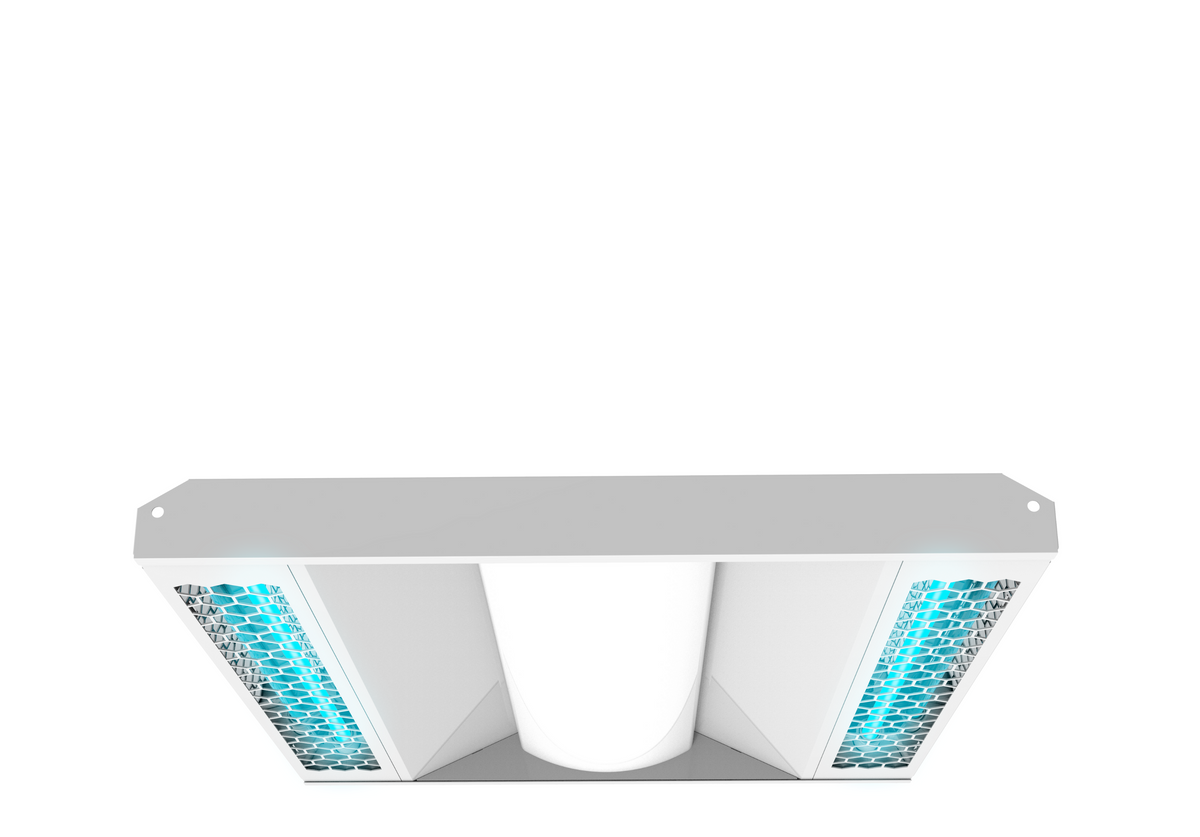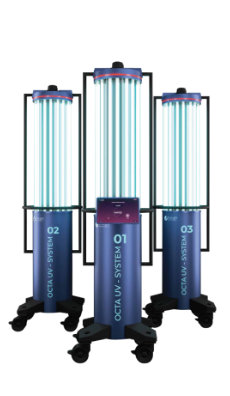Far UVC Light: A Game-Changer in the Fight Versus Airborne Pathogens
In the ever-evolving fight against airborne pathogens, the appearance of far UVC light has actually sparked substantial interest and potential. What specifically is much UVC light, and exactly how does it work?
The Science Behind Far UVC Light
The scientific principles underlying making use of Much UVC light as a potential option for combating air-borne microorganisms are both promising and detailed. Far UVC light refers to a specific series of ultraviolet (UV) light wavelengths, typically in between 207 and 222 nanometers, which have actually been found to successfully eliminate or suspend microbes such as microorganisms and infections. Unlike conventional UVC light, which has a shorter wavelength and is known for its germicidal residential or commercial properties however can also damage human skin and eyes, Far UVC light has actually been revealed to be risk-free for human direct exposure.
The crucial system behind the efficiency of Far UVC light depend on its ability to permeate and ruin the hereditary material of bacteria, including their DNA and RNA. When revealed to Far UVC light, the genetic material undergoes a process called photodimerization, where adjacent bases in the DNA or RNA particle bind together, avoiding replication and making the microbe unable to create or reproduce infection.

Just How Much UVC Light Functions
Much UVC light operates by using particular ultraviolet wavelengths to properly neutralize microorganisms and stop their replication, making it an appealing service for combating airborne virus. Unlike traditional UVC light, which is hazardous to human skin and eyes, much UVC light has shorter wavelengths, generally in the series of 207 to 222 nanometers (nm), that do not permeate the outer layer of the skin or the tear layer of the eye. This makes it risk-free for continual human direct exposure, while still being deadly to viruses and microorganisms.
The performance of much UVC light lies in its capability to damage the dna and pass through and RNA of microorganisms. When revealed to far UVC light, the hereditary material of these virus is damaged, making them unable to duplicate and contaminate cells. Furthermore, researches have actually shown that much UVC light can properly suspend air-borne infections, such as influenza, measles, and coronaviruses, including SARS-CoV-2, the infection liable for COVID-19.
Additionally, much UVC light is additionally efficient in disinfecting surface areas and objects in an encased area. By setting up far UVC lights or using portable much UVC light gadgets, it is possible to continually decontaminate the air and surface areas, minimizing the threat of air-borne transmission of pathogens.
Benefits of Far UVC Light
Using much UVC light offers a series of considerable benefits in combating airborne virus and guaranteeing a much safer atmosphere for constant human direct exposure. One of the crucial benefits of far UVC light is its capability to successfully reduce the effects of different kinds of damaging germs, infections, and fungi without creating damage to humans. Unlike standard UV light, which can be hazardous to human skin and eyes, much UVC light has a shorter wavelength that permits it to target and damage pathogens while positioning very little danger to human health.

In addition, far UVC light is much more secure for the atmosphere contrasted to conventional disinfection methods. Chemical anti-bacterials frequently have unsafe components that can have negative effect on the environment. Much UVC light, on the other find more info hand, does not produce any hazardous byproducts or deposits, making it an extra lasting and environmentally friendly you could check here option.
Applications of Far UVC Light
Far UVC light has actually proven to be efficient in getting rid of airborne virus such as germs, viruses, and fungi. Unlike standard UV light, far UVC light is risk-free for human direct exposure, making it appropriate for continuous use in public rooms such as medical facilities, colleges, and workplaces.
One more application of much UVC light remains in the healthcare market. It can be made use of to decontaminate healthcare facility rooms, operating cinemas, and medical equipment, decreasing the risk of healthcare-associated infections. Furthermore, far UVC light can be integrated into a/c systems to detoxify the air circulating in structures, supplying an added layer of protection versus airborne virus.
Moreover, much UVC light can be used in the food industry to stop foodborne illnesses. It can be used to decontaminate food processing facilities, killing microorganisms and various other microorganisms that might contaminate foodstuff.
Future Ramifications of Far UVC Light
The prospective future applications of much UVC light are large and hold pledge for various industries and markets. Among the key areas where far UVC light might have a considerable influence remains in healthcare settings. Medical facilities and facilities can utilize much UVC light to sanitize person spaces, operating cinemas, and waiting locations, reducing the danger of healthcare-associated infections - far-uvc. This could potentially cause better patient end results and lowered healthcare expenses.
Furthermore, using much UVC light in public areas such as flight terminals, train terminals, and shopping center can help control the spread of airborne virus. By continuously sanitizing these locations, the threat of transmission could be substantially minimized, giving a much safer atmosphere for people.
Another possible application of much UVC light is in the food sector. Far UVC light can be utilized to disinfect food preparation surfaces, packaging products, and storage locations. This can aid stop the contamination of food and lower the event of foodborne illnesses.
Additionally, much UVC light could be utilized in cooling and heating systems to decontaminate the air distributing in structures. This could be particularly helpful in congested rooms such as movie theaters, offices, and colleges, where the threat of air-borne transmission is greater.
Final Thought
Finally, much UVC light has become a game-changer in the battle against air-borne virus. Its unique residential or commercial properties and ability to safely eliminate infections and microorganisms make it an encouraging remedy for various applications. From public spaces to medical care setups, far UVC light offers many advantages in reducing the transmission of conditions. With further research study and growth, its prevalent application could have substantial effects i was reading this for the future of infection control.
Far UVC light refers to a specific array of ultraviolet (UV) light wavelengths, normally between 207 and 222 nanometers, which have been located to successfully kill or suspend microorganisms such as viruses and germs. far-uvc. Unlike traditional UVC light, which has a much shorter wavelength and is recognized for its germicidal residential or commercial properties yet can also harm human skin and eyes, Far UVC light has actually been revealed to be secure for human exposure
Unlike standard UVC light, which is unsafe to human skin and eyes, far UVC light has shorter wavelengths, usually in the variety of 207 to 222 nanometers (nm), that do not pass through the external layer of the skin or the tear layer of the eye. Unlike traditional UV light, which can be hazardous to human skin and eyes, much UVC light has a shorter wavelength that allows it to target and damage virus while positioning marginal risk to human health and wellness.
Unlike traditional UV light, much UVC light is secure for human exposure, making it ideal for continuous usage in public areas such as institutions, hospitals, and offices.